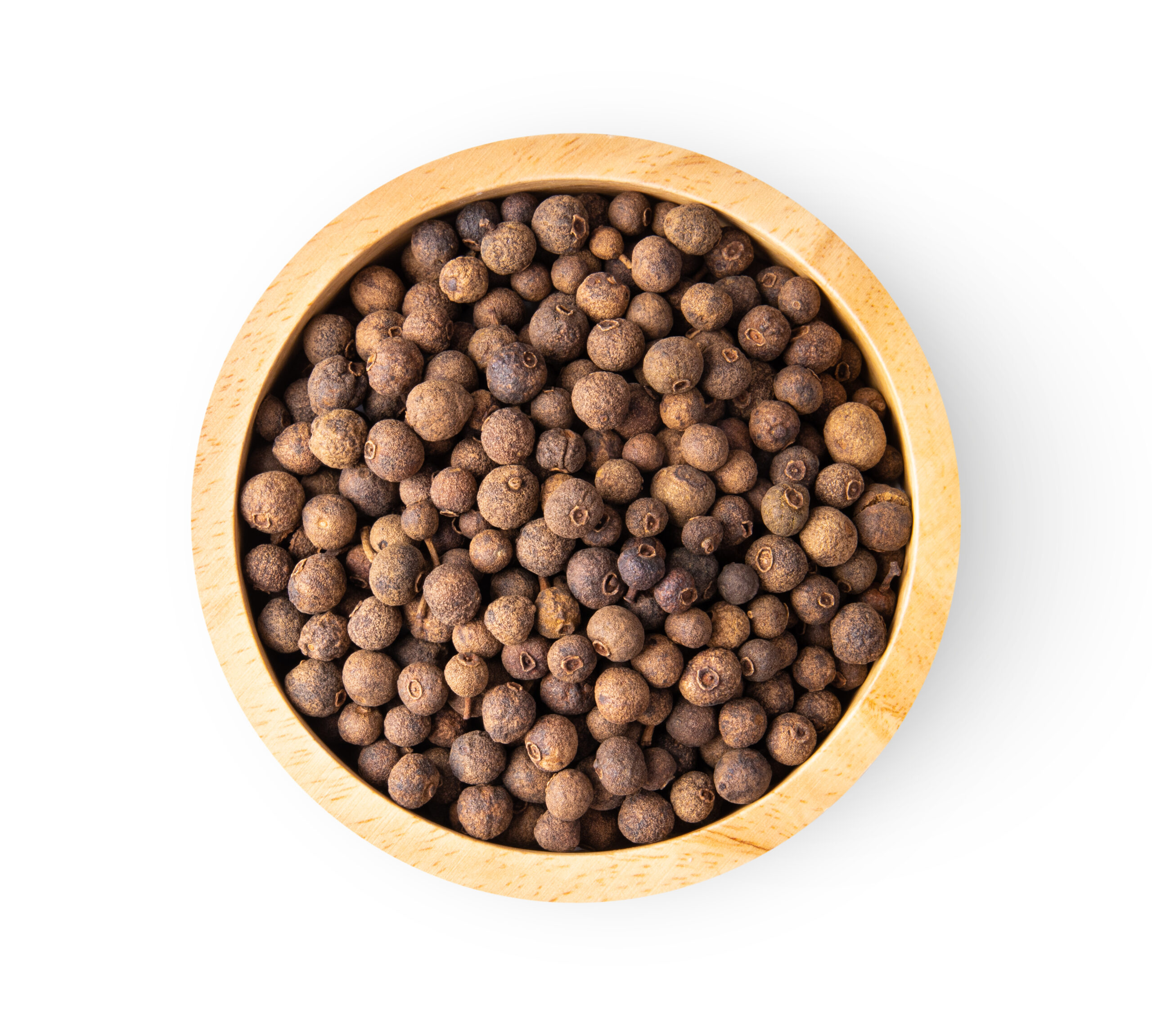Have you ever wondered if allspice is replaceable in your cooking? Well, if you have, you aren’t the only one. Allspice is quite a special addition to tons of recipes, and because of its flexible flavor, it may seem impossible to swap. But you can find substitutes for the unique ingredient once you understand what it does and how it came to be so handy.
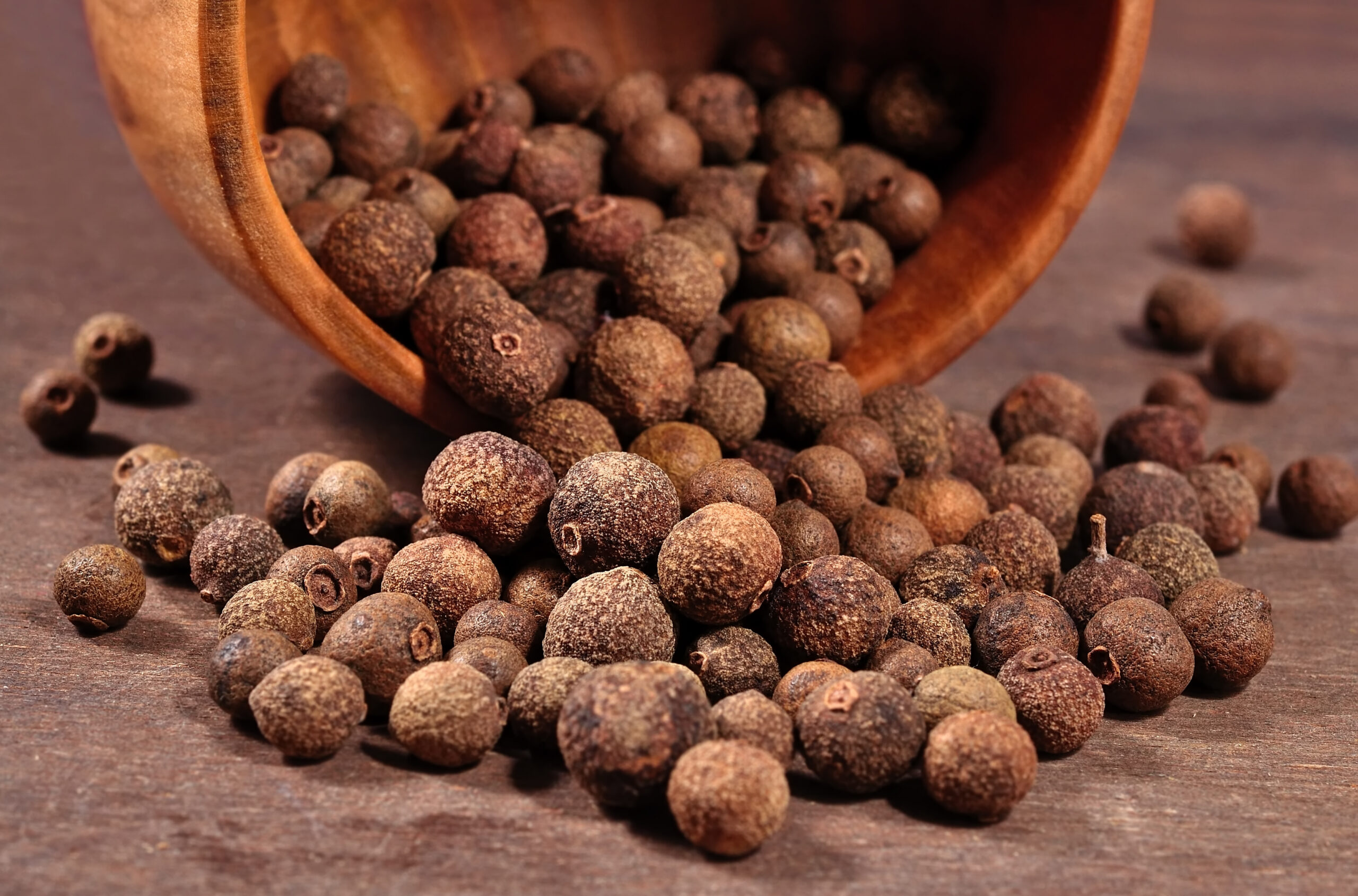
Allspice Nutrition Facts
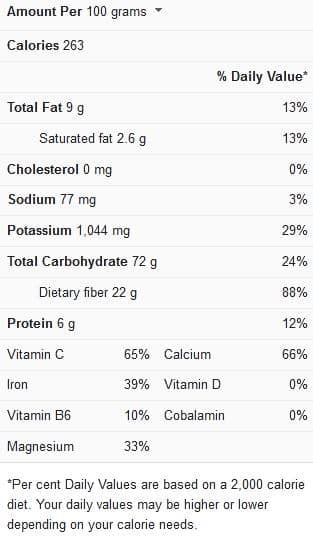
Allspice- what’s in it?
If you ask an average person what allspice is, their first thought would be a mixture of all the spices in the world. And while this answer sounds on point, it’s much farther from the fact. Allspice is a powdered spice derived from the fruit of the Pimento diocatree, a plant that grows in the regions of Jamaica.
Allspice is part of the myrtle family, and its fruit grows as a berry, roughly the size, and appearance of a peppercorn. The berries are sometimes also called Jamaican pepper and are harvested, then dried, and crushed into powdered form. And in some cases, they’re sold whole, where they’re added to cooking and taken out before the food is served.
But you may wonder why its name indicates that it’s made of more than one spice type. Well, the reason lies in its taste, as allspice is uniquely gifted with multiple flavor combinations in its profile. So you can get warm hints of flavors that remind you of pepper, nutmeg, cloves, and cinnamon in its single berry.
Allspice- uses in recipes
The complex flavor of allspice allows it to feature in lots of dishes, especially European and Mediterranean cuisines. It’s a great addition to cooked food, either whole or ground, though the latter offers a more intense flavor. But the whole berries can be added to sauces, soups, and stews and must be taken out before serving. They’re also helpful in bringing and pickling recipes.
Allspice is also perfect for baking, and the ground version is best for this use. It’s also a regular addition to spice mixes, spice blends, and rubs and works well in sweet and savory desserts. You’ll also find that its peppery hint blend with the savory elements of meat, fish, and seafood. And it’s an exquisite way to add presence and vibrancy to vegetable dishes and beverages of various kinds.
You can find allspice featuring in tons of recipes worldwide, some of which include;
- Mulled wine
- Stews
- Hot cross buns
- Roast pheasant
- String beans
- Syrian rice with meat
- Sauerkraut
- Spare ribs
- Curries
- Brines
- Portuguese soaps
- Gingerbread pie
- Spiced plums
- Salsas
- Overnight oats
- Hot cider
- Grape leaves Aleppo
- Malooba
- Pumpkin spice coffee
- Chicken shawarma
- Polish Borscht
- Gomenwat
- Chai latte
- Soups
- Pickled beets
- Carrot cake
- Spice blends
- Pumpkin pie
- Moroccan couscous
- Pumpkin cake
- Minced meat
- Spice cakes
- Dry and wet rubs
- Chili
- Gingerbread
- Jerk Chicken
- Vegan apple cobbler
Substitutes for allspice
Knowing how great allspice is in so many dishes, you wouldn’t want to be caught in a state where you have to do without it. And we try to avoid such cases by buying extra batches of the spice for our pantry. But allspice loses its pungency the longer it sits in powdered form, so you may end up having to throw away a supply you didn’t use for a long time.
Then, there’s also the case where we buy whole allspice berries as a backup. And if these are available, then we won’t have to worry. But not everyone thinks that far, and whether you like it or not, you’d end up running out at some point.
Luckily, lots of spices in your pantry can replace allspice. And with a little tweak here and there, you’d barely note the difference.
Five spice powder
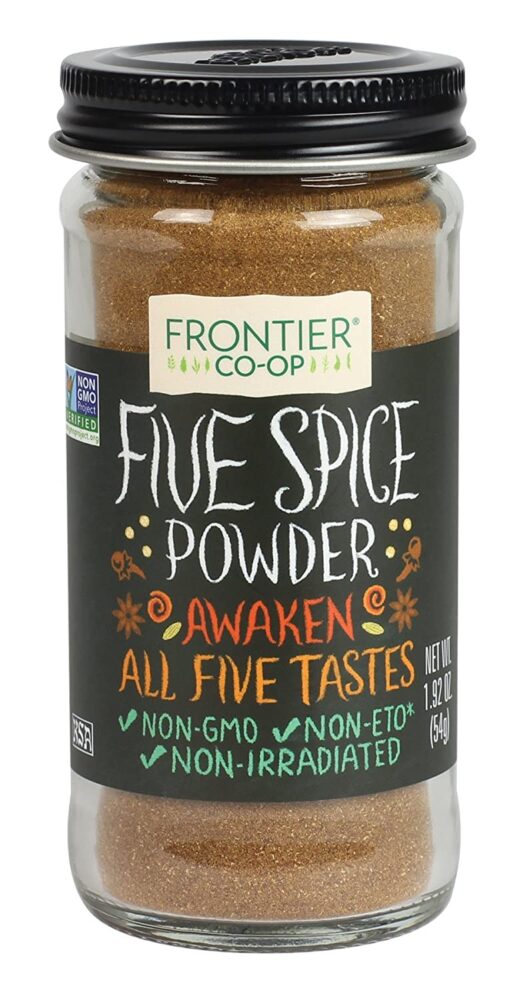
This option is your best bet if you want a perfect allspice replacement. The five-spice powder is made from a combination of cinnamon, ginger, cloves, fennel, pepper, and star anise. And this spice mixture offers a blend of spicy-sweet and warm flavors that easily remind you of allspice. You can use it in any sweet or savory recipe in place of allspice and measure equal amounts without missing out.
Cloves
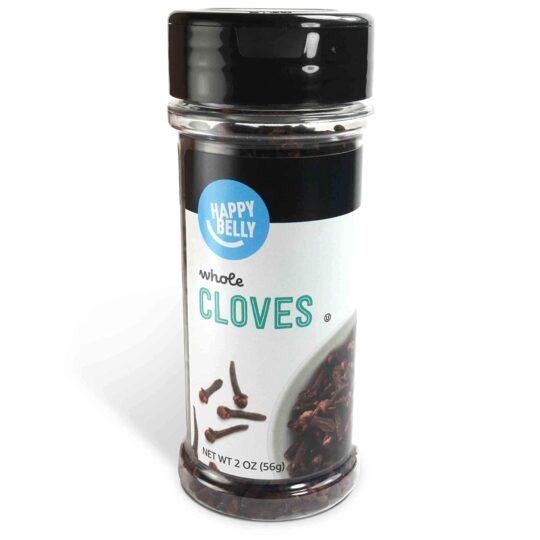
Cloves are known for their intensely warm but sweet and earthy flavor, making them ideal for replacing allspice in many recipes. And you can use either the ground or whole forms for this purpose. But note that cloves are more intensely-flavored than allspice, so you’ll have to use less of it instead. Also, they don’t have the same peppery ting, but you can adjust that in the original recipe if you wish. Ground cloves work best for baking and cooking, while whole cloves can replace whole allspice berries in beverages like mulled cider.
Pumpkin pie spice and pepper
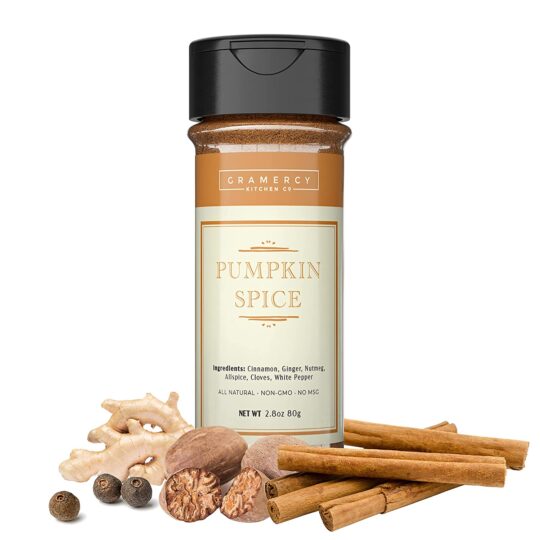
Pumpkin pie spice combines various options like ginger, cinnamon, cloves, and nutmeg in its mix. But it also contains allspice in most formulas so that you can borrow a bit of it for your recipe. But pumpkin pie spice isn’t as hot as allspice and won’t give you that peppery ting. So, you’ll have to add a bit of pepper to solve this issue and anything from cayenne to ground black pepper. This mixture works equally and can go well in baked goods, spice rubs, stews, and chili.
Nutmeg
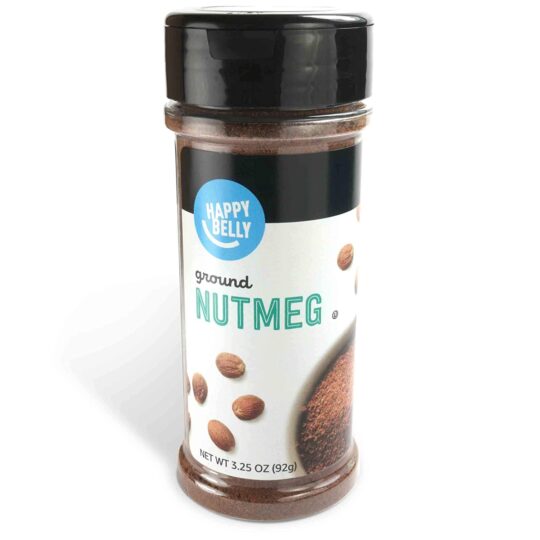
Nutmeg will deliver that rich warmth and earthiness expected from spice like allspice. It’s also a splendid addition to baked goods and will work in the same light to replace allspice. But nutmeg lacks the peppery zing of allspice, so if you must use it in savory dishes, add a bit of pepper to the mix. But if you’ll use it straight, start with a quarter teaspoon for every half teaspoon of allspice, and adjust to taste. For baked goods, it’s best to stick with a quarter teaspoon of nutmeg so that you can be safe.
Cinnamon
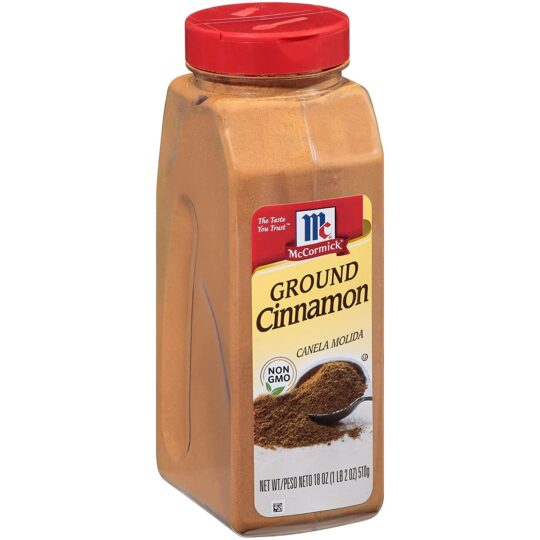
You can use both ground cinnamon and whole cinnamon sticks to replace ground allspice and whole allspice berries, respectively. Cinnamon is renowned for its sweetness and is a fantastic substitute for allspice, as most recipes call for both. As such, you can swap equal parts of cinnamon for allspice in all sweet dishes. And if you want the hint of pepper expected from the original thing, adding a dash of pepper will bring it close to allspice in savory recipes.
Frequently asked questions (FAQs)
Is all spice the same as a mixed spice?
No, they’re quite different. Allspice is derived from grinding dried and unripe Pimento doc berries, so it’s a single spice. But mixed spice contains several combinations, including, but not limited to, nutmeg, cinnamon, cloves, coriander seeds, ginger, and caraway.
How to make allspice?
You need dried Pimento doc seeds, also called Allspice berries, to make allspice. Toss them in a food processor and pulverize them into powder.
How Many allspice berries are in a teaspoon?
You need about five whole Allspice berries to make one teaspoon of ground allspice.
Conclusion
Allspice is great and all, but like everything else in the kitchen, it can run out of stock. And its versatility may cause you to feel it can’t be replaced with anything else. But these spice options above will do the job right, provided you know how to use them. And they’ll offer similar flavor effects t your dish, such that you’ll be glad you know about them before running out of allspice.
